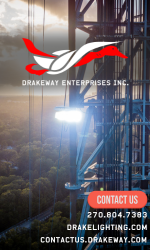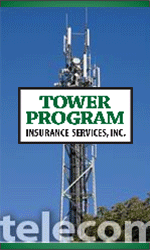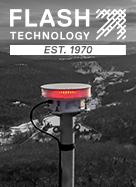
VIRAL VIEWS – LinkedIn does not publicly release the exact breakdown of how many posts exceed any given impression count. However, researchers have found that posts reaching more than 100,000 impressions are “exceedingly rare,” likely accounting for less than 0.1% of all posts. A Wireless Estimator post on a white paper exposing untenable mobile carrier matrix pricing reached a record high of over 164,000 impressions this morning.
This month, coverage of carrier matrix pricing, which has proven unsustainable for contractors, has achieved tens of thousands of views on Wireless Estimator and has exploded on LinkedIn, driven by three back-to-back industry articles that have garnered attention at every level, from C-suite executives to tower technicians, with one article alone having over 164,000 impressions. A viral article with these impressions doesn’t mean every LinkedIn member read it; however, LinkedIn identifies that it was prominent in their feed, and it does signal a level of national engagement unlike anything the topic has seen before.
Key LinkedIn metrics
-
164,393 impressions on one post vs. a national median post of 482 impressions, and considerably less for industry media, an incredible 17,000% jump.
-
8% of viewers were C-suite executives, which is well above the typical sub-1% rate for senior leadership audiences on posts, according to LinkedIn.

The white paper article reached all levels of members, from C-Suite executives to tower technicians.
What sparked the surge?
-
Anonymous white paper on Wireless Estimator
A detailed exposé of carrier pricing practices, which prior articles on Wireless Estimator averaged 10,000–40,000 impressions, vaulted to over 164,000 impressions within a week —a viral record impression of all LinkedIn posts, a count that any industry media has never achieved. Only 0.1% or less of all posts achieve 100,00 impressions. - Disparity in employee man-hour pricing
This article highlighted the disparity in man-hour pricing between highly trained employees of wireless infrastructure contractors and other less-trained professions, such as plumbers, who were able to demand double the amount. It garnered 78,250 impressions, over 100 reactions, and more than 300 likes on Facebook. -
NATE’s whiteboard explainer
It’s a simple, well-defined animated breakdown of how take-it-or-leave-it matrix pricing being offered by carriers starves contractors of viable margins. In less than a week, it drew 61,284 impressions, reigniting debate over a model that needs revision.
Together, these pieces highlighted an issue that had long been buried beneath the 5G build-out coverage and BEAD-grant delays.
Why the numbers matter
-
Scale of attention: Reaching a total of 304,000 impressions, these three articles position themselves in the highest level of LinkedIn content, providing maximum exposure to a pertinent industry issue affecting all levels of our field.
-
Senior leadership reach: With 8% C-suite viewership, the conversation has penetrated decision-makers who have read the articles calling for action.
-
Industry spotlight: Carriers and regulators can no longer claim ignorance—matrix pricing’s real-world impacts are now visible to the very audiences that set policies.
What’s next
-
Carriers must reassess matrix-pricing frameworks or face mounting pressure from both media and regulatory agencies.
-
Contractors can leverage this momentum—sharing these posts further—to build collective weight behind reform demands.
-
Policymakers should note the unprecedented engagement and consider hearings or inquiries into carrier pricing under antitrust and contract-fairness statutes.
In short, LinkedIn’s sudden surge in impressions marks matrix-pricing reform as a top-priority issue. The question is no longer “if” the industry will address it, but “when” and “how.”














